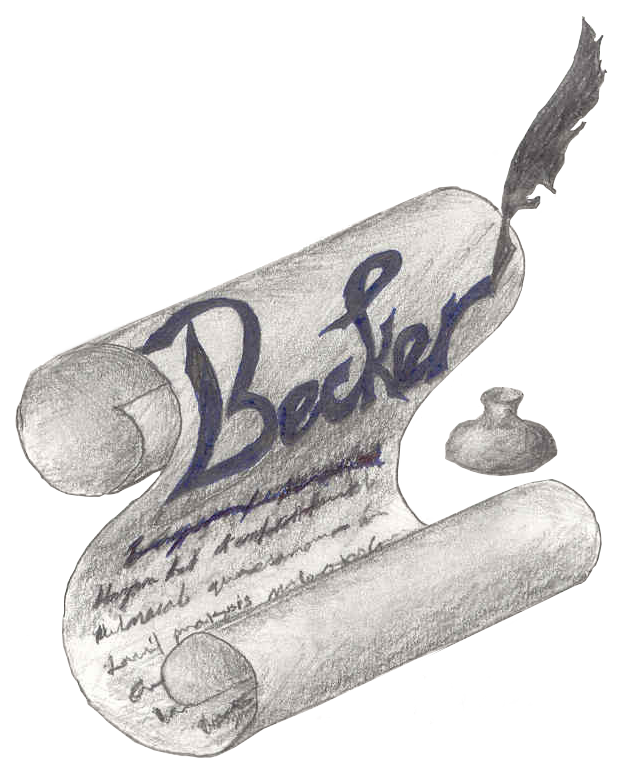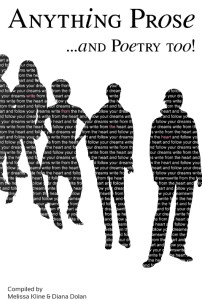This spring, while taking my bicycle out for a first spin, my abundance of confidence led me to tackle a long hill. I’m older now, and the incline proved to be quite a challenge. Winded and tired, my body struggled. The farther I pedaled, the father away the top of the hill appeared. Discouraged, I took my eyes off the distance and focused on the ground just ahead of me, making a game of targeting small rocks, running over oil spots on the road, finding leaves and squashing as many as possible. Forced to face my out-of shape body, I at least took comfort in my good eye-hand-ground coordination.
While focusing on the game, my speed increased and my legs gained strength. I thought this might be what is called a second wind; however, when I lifted my eyes to the distance, my legs again tired. I know, I know, this seems weird, but I swear it is what happened. I repeated this experiment several times that morning with the same result.
After I returned home, this occurrence continued to engage my mind, which I believe was applying this bicycling experience as a metaphor for the rest of my life. I needed to keep my focus on the immediate road ahead and not on the distant, insurmountable hill.
After having had three surgeries in a span of 15 months—with considerable recovery times—unaddressed projects had piled up. In an effort to organize, I decided to make a list: publishing work that is sitting in the bottom of my files, cleaning out the over-stuffed shed and gifting or throwing out the things I once thought important to keep, creating another book, addressing my finances and updating my filing, continuing my marketing of Tales from Weaver Pond, sorting books and donating to the Jefferson County Library, cleaning out the crawl space, planting and grooming my garden, etc., etc. The list elongated while I spent time recuperating. I knew I needed a system that would keep me from feeling overwhelmed, and, as a result, not getting any of them completed.
Serendipitously, I had just read an article about an experiment conducted in 1918: the Ivy Lee Method, devised by Lee for Charles M. Schwab to encourage productivity in his company. Lee instructed each employee to make a list of six work priorities each day. No more than six were allowed. At the end of the day, they were to make the list for the next day—putting at the top any items they were not yet accomplished. If the employee completed four, he put the other two priorities on the next day’s list and added four more. As a result, company productivity increased exponentially.
I determined to put what I learned on my bicycle about focusing on the immediate to a test in my daily life by using this formula. I listed only six reasonable priorities each day. Instead of putting an entire project on the list, I chose to work on each in limited time periods, i.e., ½ hour/day on the shed, garden or finances, etc. I also included some small items on the list. This was not a catalog of “to dos.” Rather, it was a limiting list. Throughout the day, whenever my mind led me down the dark path cluttered with huge projects and unreasonable deadlines, I reminded myself to focus only on those things on my daily list, forgetting about goals and focusing on the 6-point system. The self-talk helped and had to be repeated a few times each day.
It worked! My energy no longer decreased by mid-morning. At the end of the day, I didn’t kick myself for not meeting a goal. Rather, I felt good about anything I took off my list and added the unaddressed priorities to the next day. Some days it worked better than others because of unexpected chaos. However, it helped me to let go of stress over what I did not have the time to do. I finished my gardening goals and to date have sorted through half of the shed. Randy is helping with this project, and we often stop, laugh and state, “Why did we ever think it necessary to keep THIS?” I’ve decided to work on the crawl space and books when winter weather prevents me from tackling the outdoor projects.
I am ecstatic about how much I’ve accomplished so far this summer. That overwhelmed and discouraged feeling has left me, and I can see light at the end of my project tunnel. With the Ivy Lee Method and limiting time spent on a large project to ½ hour each day, I keep my eyes on the road ahead of me and off the metaphorical distant hill.








Hi Carol: I know you’ve had a lot on your plate, and if I can help in any way, I am happy. The 6-item list is working for me, and I hope it does for you, too. Let me know if you need anything. laurel
This is a very useful technique I intend to try. I’ve been overwhelmed with caregiving responsibilities for nearly a year and the my to-do lists feel impossibly long. Maybe your 6-item list each day will work for me. Thank you.
Thanks Damon. Glad you like it. I learn a lot bicycling.
This is so true! How hard it is to live in the moment. How daunting tasks can become when we don’t focus on what can be done right here, right now.
One of the reasons I love mountain biking so much is it forces you to look no more than 10 feet in front of you as you climb. Also, you’re engulfed in serene beauty. Yeah that helps.
Thank you, Deb. I appreciate your comment. I, too, get discouraged with a lengthly list. Feels like the elephant tail to me, too. This 6-point list, however, is working well.
I think t would work for any gender. Randy has a to do list, but there are more than six sometimes.
I, too came upon the same philosophy of not focusing on the road ahead of me while riding my bike. Staying focused on the challenge immediately before me with my goal of conquering the mountain does help immensely. I like the process you describe of keeping “to do” lists manageable. It makes so much more sense than my usual strategy of brainstorming everything I need to work on or finish and then feeling so defeated because I hardly even got to the tail of my elephant-sized list. As alaways, your writing is so insightful!
Write on, my friend!
Wondering if it works for husbands? I have always kept a list but never limited it to 6 so often felt overwhelmed when i looked at my “to dos.” Thanks for the insight.
Thanks Mary Ann and Gerry. I’m always delighted when I can pass on something useful to others.
This is an encouraging article. Thanks. I am making my list now.
Great information! I hope I can use this method with some of my projects. I should have had this method when I was making a quilt!
Gerry
What a great way to get things done! Great suggestions and methods.
Gerry
Thanks, Suzanne. Yes, this method helpful–both on bicycles and projects.
Very true. I’ve had to employ this method for years. I never knew there was a term for it. And that hill thing and not looking for the top … works every time cycling or running.